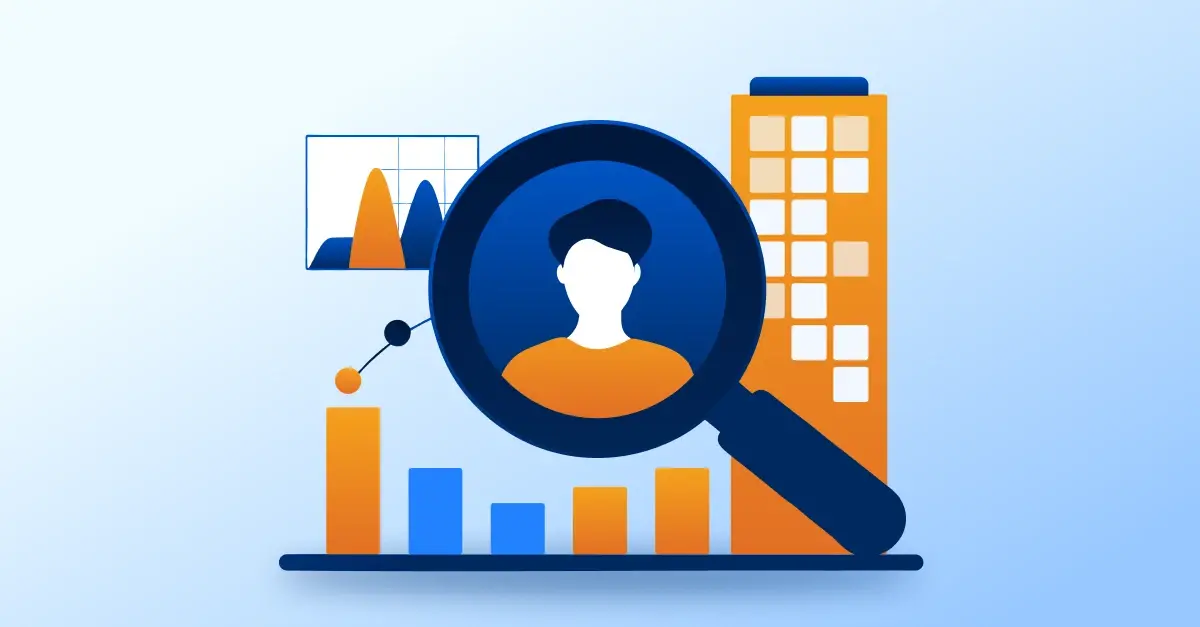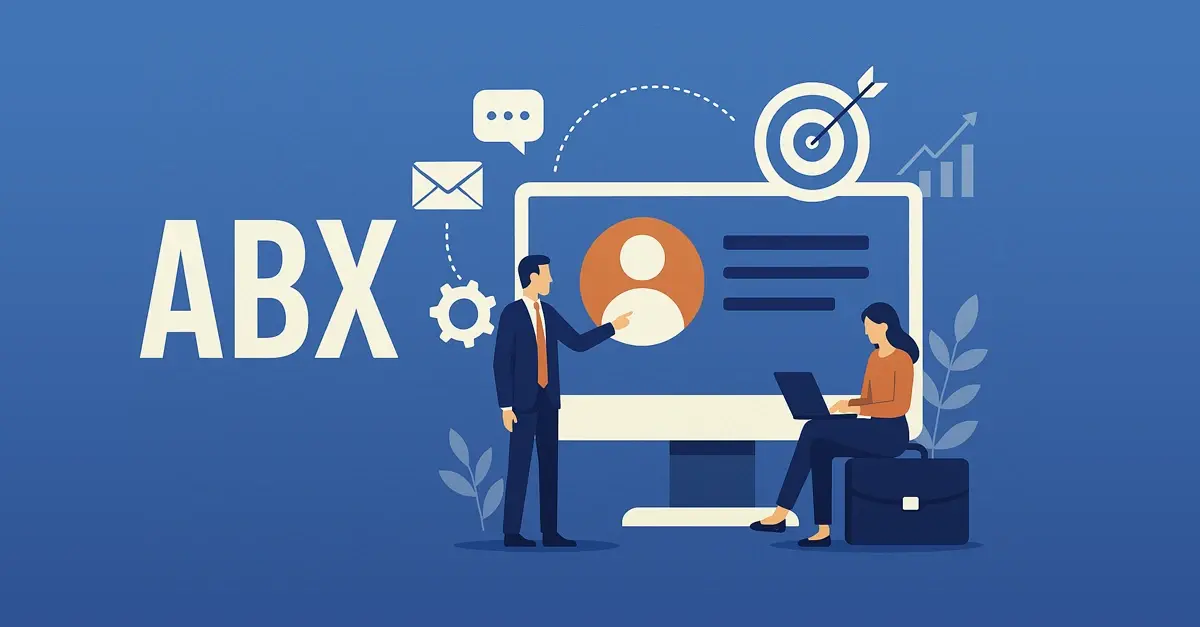Technographic Data.
-
Global Coverage: Access technographic data on millions of global businesses and over 200 technologies they use.
-
Technographic Data: Get information on the payment providers, CMS, website & e-commerce solutions, and marketing automation tools that companies are using.
-
Prospects Targeting: Technographic data helps businesses identify ideal prospects and create specific targeting groups based on the technographics they use digitally.
-
Decades of Expertise: We have been operating in the data sector for 30 years, serving clients worldwide.







